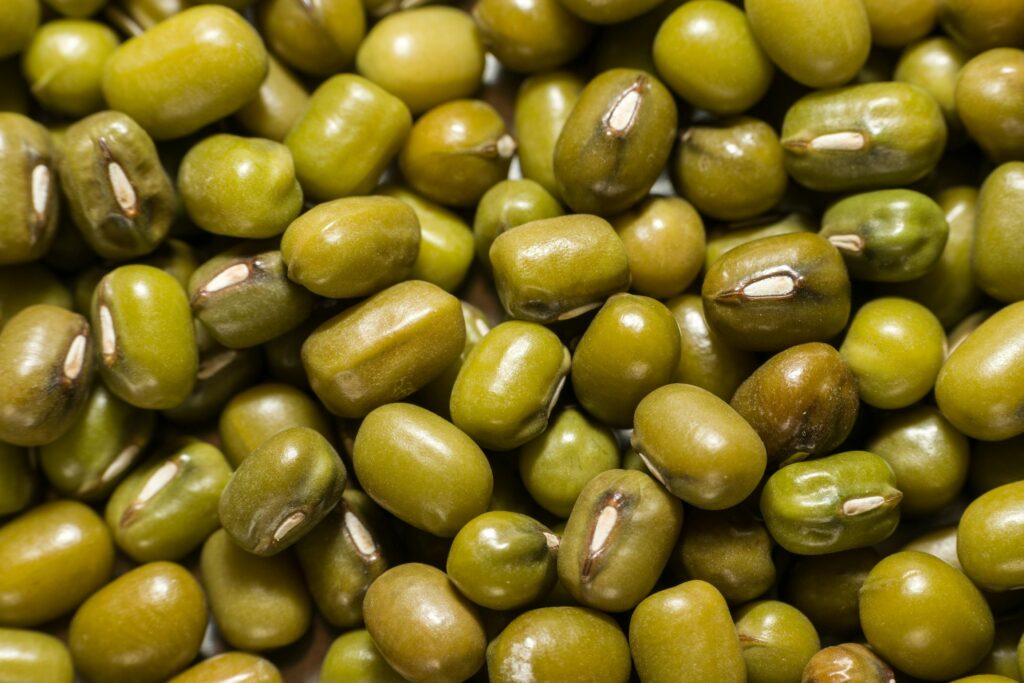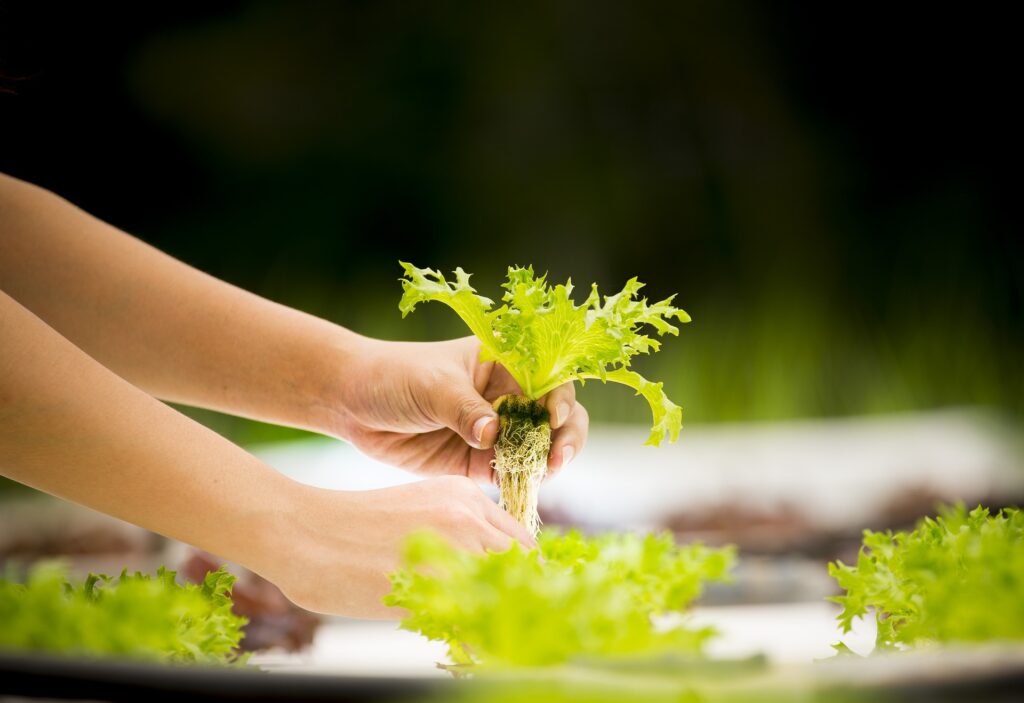Table of Contents
How to Grow Lentils: Introduction
Lentils are more than just an essential staple in kitchens around the globe; they’re a testament to the diversity and resilience of legumes. These tiny, lens-shaped seeds have been nourishing humans for millennia, offering a rich source of protein, fiber, and essential nutrients. But how to grow lentils at home? Growing lentils involves selecting the right variety, preparing the soil, sowing seeds at the correct time, and ensuring proper care throughout their growth cycle.
This comprehensive guide will take you through each step, ensuring that even beginners can successfully cultivate this versatile crop. Whether you’re looking to add a nutritious ingredient to your meals or contribute to a more sustainable food system, learning how to grow lentils is a rewarding endeavor.
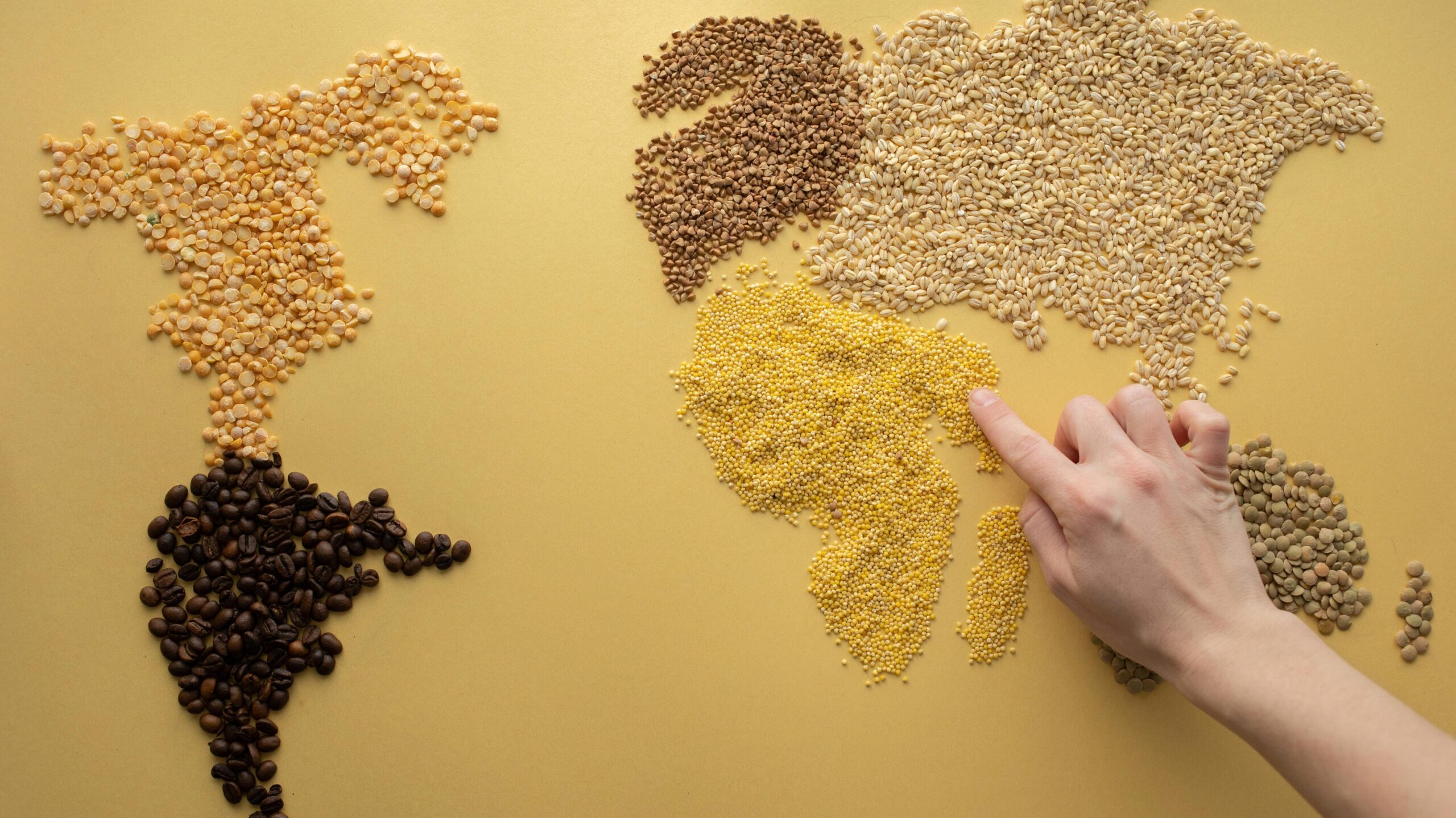
Choosing the Right Lentil Variety
Before continuing on how to grow lentils, the first step is selecting the right variety for your garden. Lentils come in a multitude of types, each with its own unique color, size, and cooking time. The most common varieties include green, brown, red, and black lentils, as well as Puy and Beluga lentils. Your choice should be influenced by your climate, soil type, and culinary preferences.
Climate and Soil Considerations
Lentils are hardy and adaptable, thriving in a range of climates, but they prefer cool, temperate weather. They are best suited to well-draining soil with a neutral pH. Before choosing a variety, research which types are best adapted to your local climate and soil conditions.
Culinary Uses
Think about how you plan to use the lentils. Green and brown lentils retain their shape well, making them ideal for salads and side dishes. Red lentils, on the other hand, cook down to a mush, perfect for thickening soups and stews. Puy lentils, celebrated for their peppery flavor, are excellent in dishes where their distinct taste can shine, while black Beluga lentils are known for their striking appearance and firm texture.
Selecting the right lentil variety is crucial for both yield and culinary use. With a little research and consideration, you can choose the variety that best suits your needs, ensuring a bountiful and tasty harvest.
Preparing the Soil
For lentils to thrive, preparing the soil correctly is crucial. These plants prefer a well-draining, loamy soil with a neutral pH between 6.0 and 7.0. Here’s how to get your soil ready for planting:
Testing and Amending the Soil
Begin by testing the soil pH. If your soil is too acidic or too alkaline, amend it with lime to raise the pH or sulfur to lower it. Lentils don’t require highly fertile soil, but they do need it to be well-drained. If your soil is heavy clay, consider incorporating organic matter, such as compost or peat moss, to improve drainage.
Tilling and Removing Weeds
Till the soil to a depth of about 8 to 12 inches to ensure it’s loose and aerated. This depth promotes good root development and drainage. Remove any weeds, stones, or debris that could hinder the growth of your lentils. A clean, well-prepared bed is essential for preventing disease and promoting healthy growth.
Soil Moisture
Lentils require moist soil for germination but can be damaged by excessive water. Ensure the planting site does not collect standing water. If your region experiences heavy rains, consider raised beds or well-draining locations as preventative measures.
Taking the time to prepare your soil properly can make a significant difference in the success of your lentil crop. With the soil ready, you’ll be set to plant your lentils with the best chance for a healthy, productive harvest.
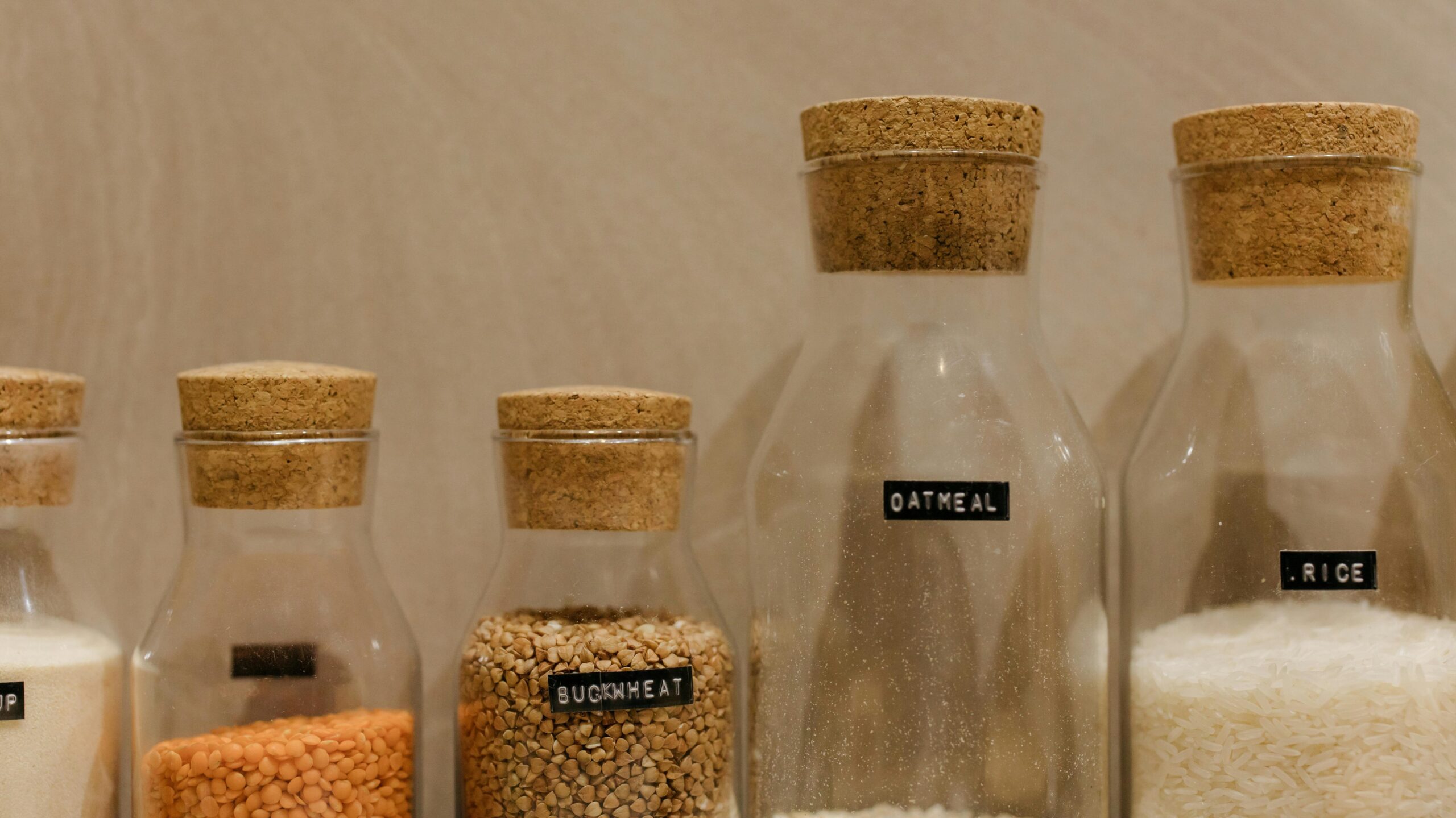
Planting the Seeds
Sowing lentil seeds at the correct time and with the right technique is essential for a successful harvest. Here’s a step-by-step guide to planting lentils:
Optimal Timing
Lentils are cool-season crops that should be planted in early spring, as soon as the soil can be worked and the risk of hard frost has passed. In regions with mild winters, you can also plant lentils in late autumn for a winter crop.
Sowing the Seeds
- Spacing and Depth: Plant lentil seeds about 1 inch deep and 1 to 2 inches apart in rows. Keep the rows approximately 18 to 24 inches apart to allow for adequate airflow and growth.
- Watering: After sowing, water the seeds gently but thoroughly to encourage germination. Lentils need consistent moisture to sprout but be cautious not to overwater, as standing water can cause the seeds to rot.
- Germination: Lentil seeds typically germinate within 10 to 14 days, depending on the soil temperature and moisture levels. Keep the soil consistently moist during this period.
Companion Planting
Consider companion planting to maximize space and enhance lentil growth. Lentils can benefit from being planted near cucumbers, squash, and most brassicas. However, avoid planting them near onions or garlic, as these can inhibit lentil growth.
By following these planting guidelines, you’re setting the stage for a thriving lentil crop. Proper planting is the foundation of successful cultivation, leading to a bountiful harvest of this nutritious legume.
Caring for Your Lentil Plants
After planting, your lentil plants will require attention and care to ensure they grow healthy and produce a good yield. This section covers the essentials of lentil care, including watering, weed management, and pest and disease control.
Watering
Lentils require consistent moisture, especially during germination and flowering. However, they do not tolerate waterlogging. Aim to keep the soil evenly moist but not saturated. Once established, lentils are somewhat drought-tolerant but will benefit from additional watering during prolonged dry spells. A general rule is to provide about 1 inch of water per week, either through rainfall or irrigation.
Weed Management
Weeds compete with lentil plants for nutrients, water, and light. Regular weeding is crucial, especially in the early stages of growth. Use a hoe or hand-pull weeds, being careful not to disturb the lentil plant’s shallow root system. Mulching around the plants can help suppress weeds and retain soil moisture.
Pest and Disease Control
Lentils can be affected by various pests and diseases, but with proper care, these can be minimized.
Pests
Common pests include aphids and bean weevils. Aphids can be controlled by spraying the plants with water to knock them off or using insecticidal soap. Rotate crops each year to reduce the risk of bean weevil infestations.
Diseases
Fungal diseases like powdery mildew and root rot can affect lentils. Ensure good air circulation around the plants and water at the base to reduce humidity. Applying fungicides may be necessary in severe cases, but often, crop rotation and proper spacing are effective preventative measures.
By providing your lentil plants with the right care, you can minimize issues and enjoy a healthy, productive crop.
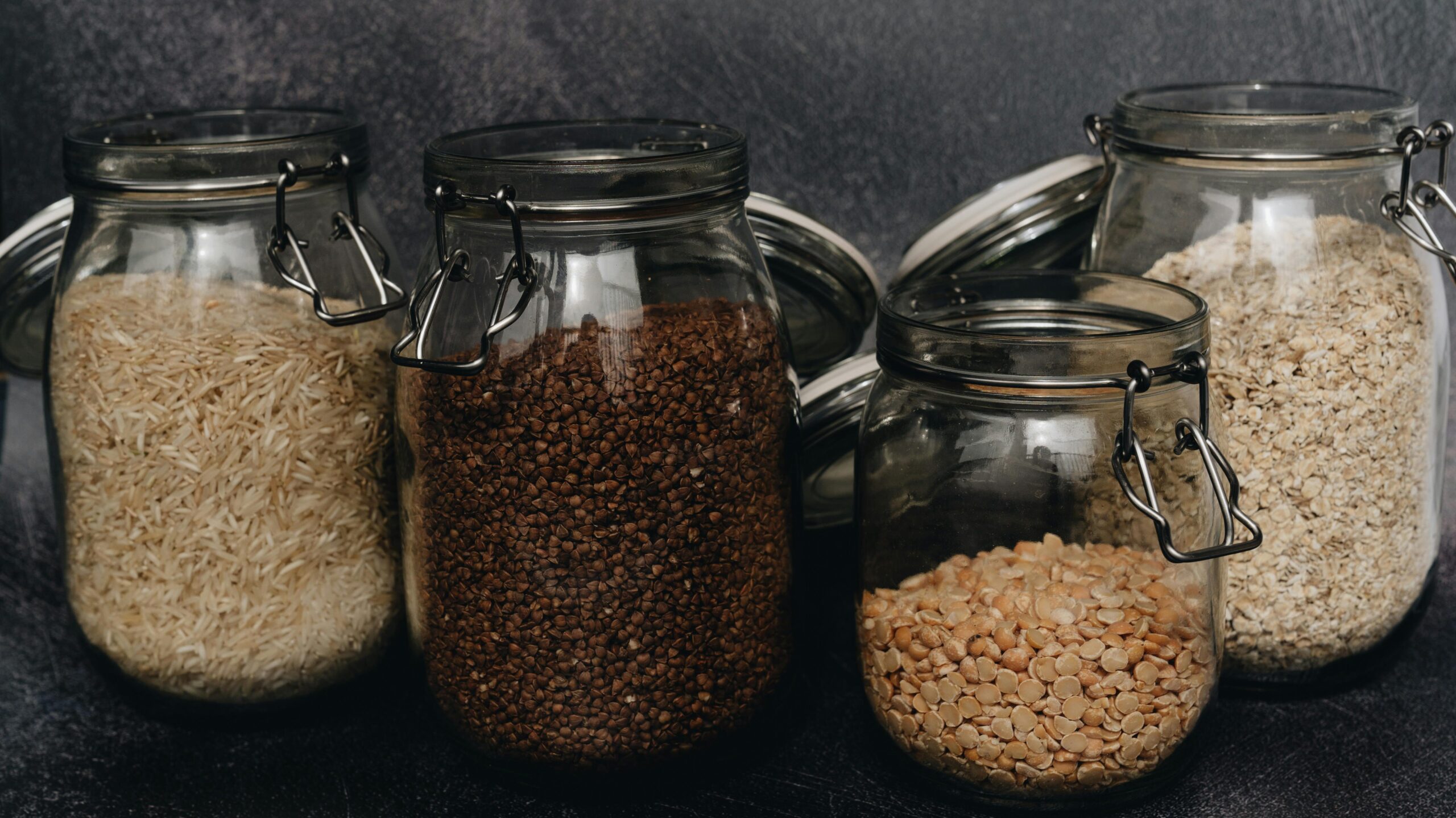
Harvesting and Storing Lentils
The culmination of your hard work, harvesting lentils, is a rewarding process. Knowing when and how to harvest ensures your lentils are at their peak for consumption or storage.
Signs of Maturity
Lentils are ready to harvest when the pods have turned brown and the seeds inside rattle when shaken, typically 100 to 110 days after planting. It’s important to harvest before the pods open naturally to prevent the seeds from falling to the ground.
Harvesting Techniques
- Manual Harvesting: For small plots, lentils can be harvested by hand. Gently pull or cut the plants from the soil and shake or strip the seeds from the pods.
- Drying: After harvesting, spread the lentils out in a dry, well-ventilated area. They need to be thoroughly dried before storage to prevent mold and spoilage.
- Threshing: Once dry, thresh the lentils to remove them from the pods. This can be done by beating the dried plants in a bag or over a tarp.
Storing Lentils
Store dried lentils in an airtight container in a cool, dry place. Properly stored, lentils can last for several years, making them an excellent crop for long-term food storage.
Tips for Success
- Monitor the weather as the harvest approaches. If rain is forecasted, you may need to harvest early to prevent the pods from rotting.
- Consider planting a few different varieties to stagger the harvest and enjoy lentils throughout the season.
Harvesting and storing lentils properly ensures you can enjoy the fruits of your labor well beyond the growing season. With these tips, your lentils will be a valuable addition to your pantry.
The Environmental Impact of Growing Lentils
Lentils are not just beneficial for your health; they also play a significant role in sustainable agriculture. Growing lentils in your garden can contribute positively to the environment in several ways.
Nitrogen Fixation
Lentils belong to the legume family, plants known for their ability to fix atmospheric nitrogen into the soil. This natural process reduces the need for synthetic fertilizers, enriching the soil with nitrogen that future crops can utilize. Incorporating lentils into your crop rotation can improve soil health and fertility over time.
Low Water Requirement
Compared to many other crops, lentils require relatively low amounts of water, making them an ideal choice for regions prone to drought or for gardeners aiming to conserve water. This trait, combined with their ability to thrive in a variety of soil types, underscores lentils’ role in sustainable agriculture practices.
Biodiversity and Soil Structure
Growing lentils contributes to biodiversity in your garden by providing habitat and food for a variety of insects and wildlife. Additionally, the root system of lentil plants helps improve soil structure, preventing erosion and promoting aeration and water infiltration.
Reducing Carbon Footprint
By growing lentils at home, you’re not just producing a nutritious food source; you’re also reducing the carbon footprint associated with transporting food from farms to supermarkets. Homegrown lentils are a step towards a more sustainable and self-sufficient lifestyle.
Incorporating lentils into your garden is a straightforward way to contribute to environmental conservation efforts. Their growth benefits not only the soil and biodiversity but also promotes a sustainable and eco-friendly approach to gardening and food consumption.
How to Grow Onions in Pots: 5 Simple Steps for Lush, Flavorful Harvests

How to Grow Lentils: Conclusion
Cultivating lentils is a journey worth embarking on for any gardener. From selecting the right variety to harvesting your bounty, each step offers its own rewards. Lentils, with their minimal water requirements and nitrogen-fixing abilities, not only enrich your diet but also contribute to a healthier garden ecosystem. This guide has walked you through the essentials of how to grow lentils, emphasizing the importance of soil preparation, careful watering, and pest management. As we’ve seen, with patience and care, anyone can cultivate this nutritious crop successfully in their own garden. The effort put into growing lentils pays off with a versatile, protein-packed food source that’s as good for the earth as it is for our bodies.
Frequently Asked Questions
What is the best time to plant lentils?
The optimal time to plant lentils is in early spring, just as the soil becomes workable and the threat of hard frost has passed. In milder climates, planting in late autumn for a winter harvest can also be successful. Timing is crucial to avoid the hot summer temperatures that can adversely affect the growth and yield of lentil plants.
Do lentils require a lot of water?
Lentils are relatively drought-tolerant and do not require excessive watering. It’s essential to keep the soil moist, especially during germination and flowering stages. However, avoid overwatering, as lentils do not fare well in waterlogged conditions. A general guideline is about 1 inch of water per week, either from rainfall or supplemental watering.
How can I protect my lentil plants from pests?
Preventative measures such as crop rotation and maintaining healthy soil can significantly reduce pest infestations. For aphids and other common pests, using water sprays or insecticidal soap can be effective. Introducing beneficial insects, such as ladybugs, can also help control aphid populations.
Can lentils be grown in containers?
Yes, lentils can be successfully grown in containers, provided they have enough depth for root development and adequate drainage. Choose a container at least 12 inches deep and ensure it is placed in a location that receives full sunlight. Container gardening can be a great option for those with limited space.
What are the common diseases affecting lentil plants?
Lentils can be susceptible to various fungal diseases, including powdery mildew and root rot. Ensuring good air circulation around the plants and watering at the soil level rather than overhead can help prevent these issues. Crop rotation and using resistant varieties are also effective strategies for disease management.

